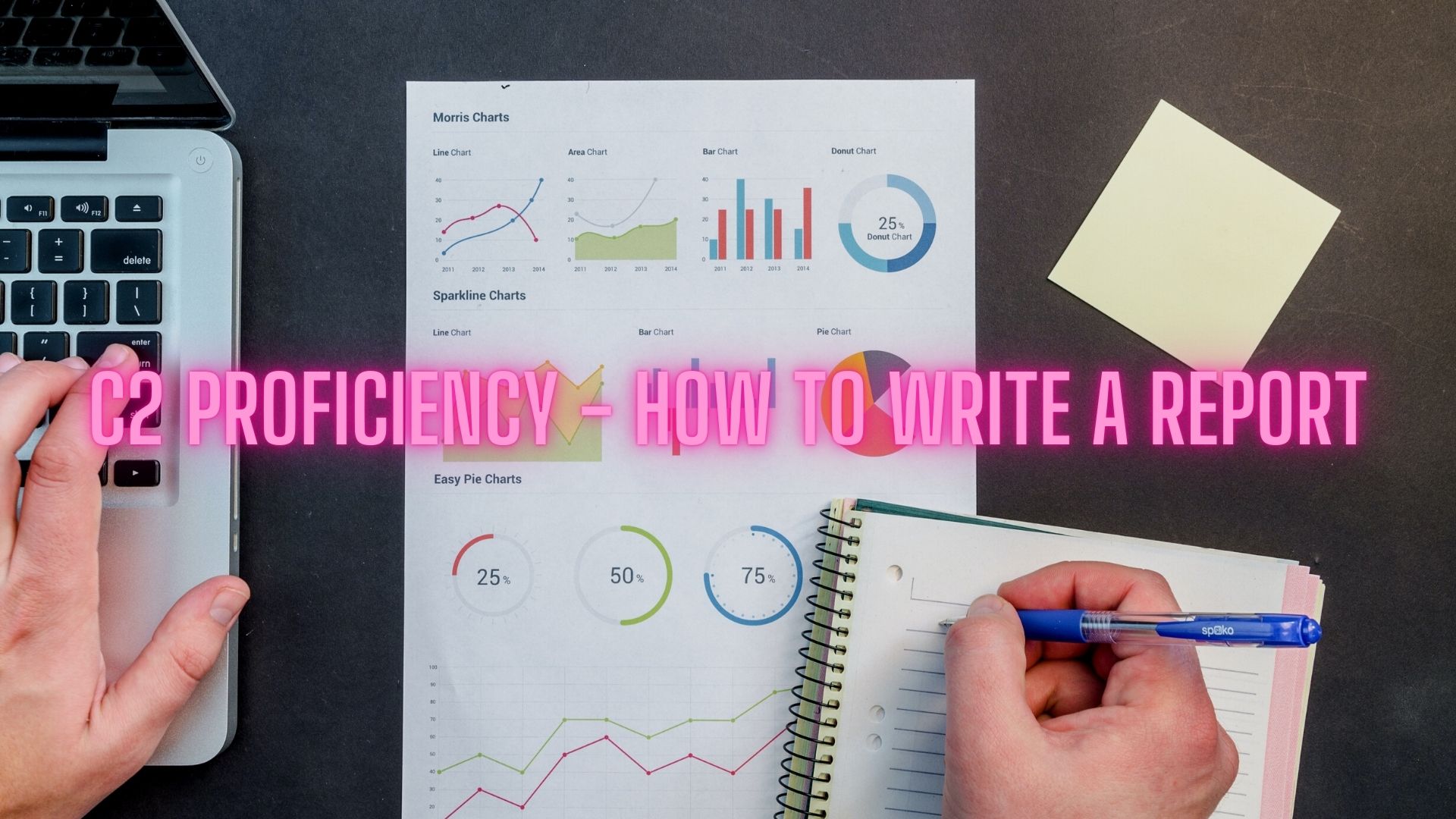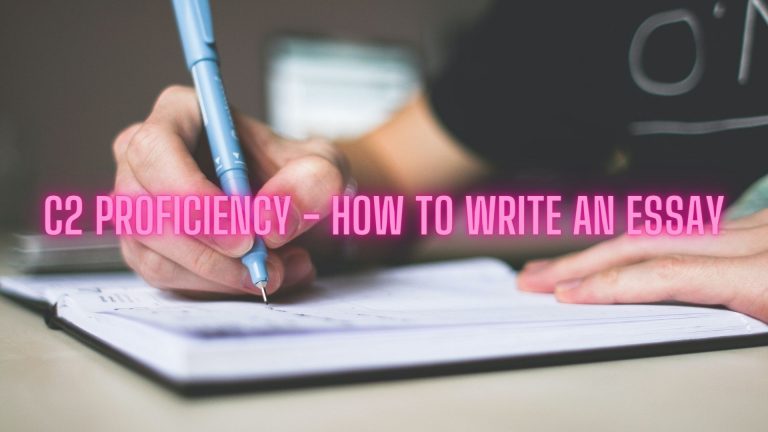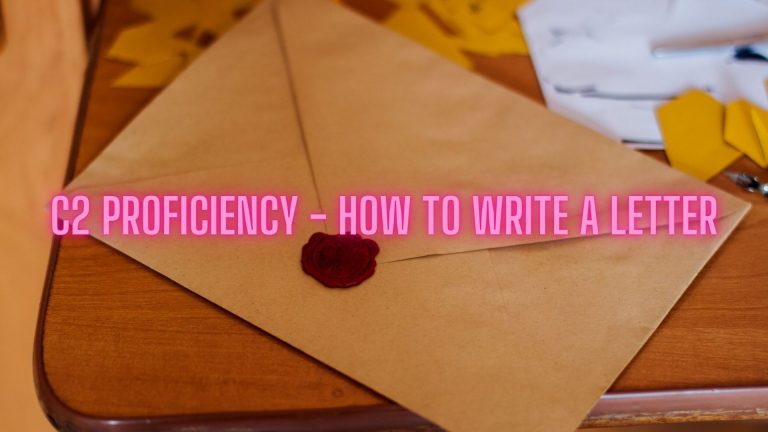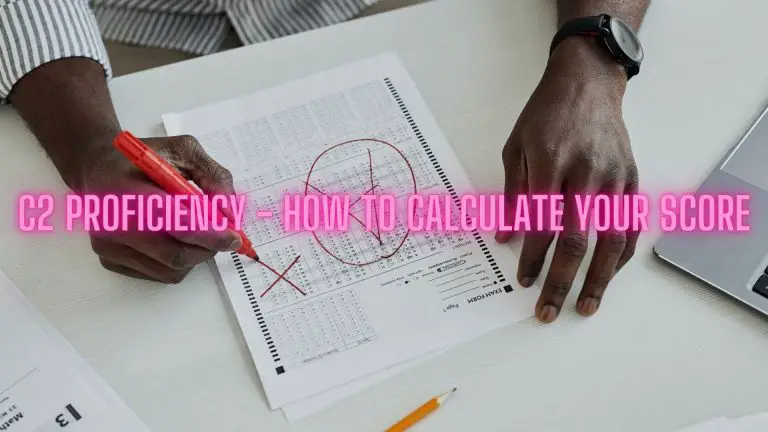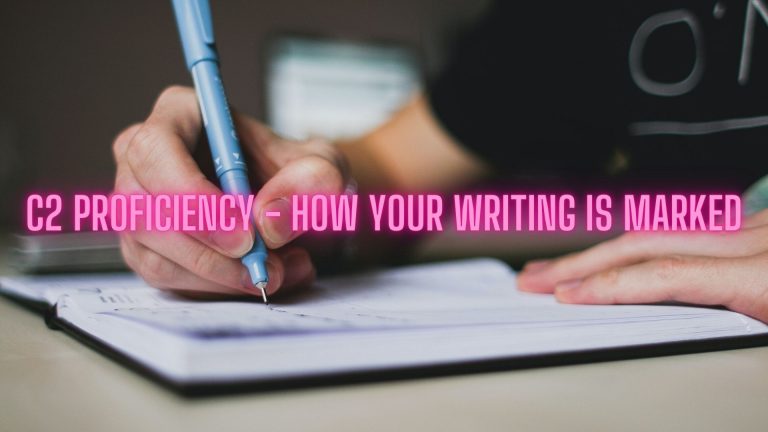Overview
- Mandatory task: no
- Word count: 280-320
- Main characteristics: descriptive, comparative, analytical, impersonal, persuasive
- Register: normally formal but depends on the task
- Structure: introduction, main paragraphs, conclusion (sub-heading for each paragraph)
Introduction
A report is written for a specified audience. This may be a superior, for example, a boss at work, or members of a peer group, colleagues or fellow class members. The question identifies the subject of the report and specifies the areas to be covered. The content of a report is mainly factual and draws on the prompt material, but there will be scope for candidates to make use of their own ideas and experience.
Source: Cambridge English Assessment: C2 Proficiency Handbook for teachers
Reports in Cambridge C2 Proficiency are, unlike essays, not mandatory in the writing test. Instead of a report candidates might opt to write an article, a review or a letter.
Reports are very schematic
While some of the writing tasks in C2 Proficiency are quite free and open in terms of their paragraph structure and layout, reports follow a pretty rigid form, which makes it fairly easy to write them. With their sub-headings for each section and similar requirements in every task, candidates get a good grasp of report writing quite quickly.
This article shows you exactly how you can navigate those waters and how to score high marks with ease, so let’s get into it.
What a typical report task looks like
A report task in C2 Proficiency is usually very specific regarding the topic and the more detailed points you need to talk about in your text as well as the target reader you are writing for.

The three things I’ve mentioned above should always be the first things to find out when you analyse a writing task:
- the topic of the task
- the detailed points you have to include
- the target reader
The topic of this specific task is a jobs fair for young people. A more close-up look reveals that we need to describe the event a little bit in general as well as two or three promotions in more detail. Thirdly, we evaluate if and how much a fair like this can open young people’s minds to career opportunities.
Last but not least, we are writing the report for our college website meaning that teachers, students and parents are going to read it. Therefore, the style of language doesn’t need to be super formal, but I would also not write in an informal style. Neutral seems to be the right choice so contractions (I’m, don’t, etc.) as well as some phrasal verbs are fine, but colloquial expressions that we would use just in spoken English are taboo.
How to organise your report
The paragraph structure of a report in C2 Proficiency is fairly straightforward. I would simply start with a title and an introduction that states what the report is about (in this case, we could describe the fair in the introduction), then continue with the sections that address the main points and finish with a conclusion.
- Title & introduction
- Main sections
- Conclusion
For most reports, this structure works very well. Depending on the task, we mostly use two or three main sections and you are free to choose whatever organisational form you think makes the most sense.
Plan your report before you start writing
I can’t stretch this point enough, but I would always note down a short plan to make sure my ideas are already saved somewhere before I start writing. This reassures you whenever you don’t know how to continue and it can save you a lot of time.
The best way to go about making your plan is to decide on the paragraph structure you want to use for a particular task and then to add a few short ideas of what you definitely want to include in each section. For our example task, I came up with this:
- Title & introduction: jobs fair event summary; 10-12 July; 53 organisations; show career opportunities; specialists with valuable information
- First special organisation: English teaching jobs abroad; information about the jobs; people were happy
- Second special organisation: NGO from Peru; literacy and English classes; accommodation and food included; people had done programme before
- Conclusion: everyone happy; event broadens young people’s horizon; visitors surprised by variety of options; definitely recommend it
I’ve decided on four paragraphs as there are basically four things we need to do: introduce the event, talk about two different organisations at the fair and comment on how it opens young people’s minds.
This whole process took less than five minutes, but I know that once I start writing, I have a roadmap prepared that can help me whenever I need it. I won’t have to waste time rearranging my ideas or changing the paragraph structure because it’s all done already.

The different parts of a report
Once you have a plan, you can get started with the actual writing process. Thanks to all the information you’ve already noted down, it should all be smooth sailing, but there are, of course, several things to take note of when writing a report and we are going to look at them paragraph by paragraph.
Title & introduction
A report in Cambridge C2 Proficiency typically has a title, which can be descriptive and doesn’t need to be anything special. For example, for our example task from earlier, we could choose a basic title like “Jobs Fair”. That’s it.
The introduction or first paragraph of your text, however, is a little bit more important. Here, you want to show what the report is going to talk about. This can be quite explicit, but you can also give a more subtle description of the subject matter.
Jobs Fair
Event summary
From 10-12 July, a jobs fair with 53 organisations from all over Europe was held at the college to display career opportunities for the students. The different booths were manned expertly by specialists so as to give the best information possible and to show what the future might hold for graduates of the school.
First of all, there is the title plus the first subheading (Event summary). Subheadings are an essential part of the typical layout of a report so make sure that each section gets one.
Secondly, I state what the fair was about and what purpose the different organisations came to the event for, i.e. to show graduates a variety of future job opportunities, so the reader knows what to expect from this report.
On top of that, I tried immediately to use rather impersonal language, another common feature of reports, which includes passive verb forms, generalisations (It is said that; Many people said; in general; etc.) as well as avoiding personal pronouns like I or we.
Main sections
With a good introduction under our belt, we can now get into the nitty gritty of the report. The task requires us to point out a few of the organisations present at the fair and explain in a little bit more detail what they were offering.
Obviously, you need to get a little bit creative and come up with some ideas, but as the report is for the college website, I thought it would be nice to talk about some options that are connected to the English language.
Promotions to highlight
While the event as a whole went remarkably well, two stands were mentioned by many to be of particular relevance. One provided insights about job opportunities abroad as an English speaker, which includes teaching the language as well as tutoring children and teenagers. There was a wide variety of employment options presented together with the expected salary, working conditions and other things to consider before taking the leap, which quite a lot of visitors commented on in a very positive way.
The second organisation that was indicated to me fairly often was an NGO from Peru which runs literacy campaigns and English language courses in rural areas around the country. They were looking to attract young people to their volunteer programme that involves teaching reading and writing to primary school children from disadvantaged backgrounds. Accommodation and food are both included so participants only need to cover the cost for their flights to Peru and back. The people working at the stand had all done it themselves so the visitors at the fair were given first-hand accounts of what working for the NGO is like.
As the two paragraphs belong to the same section of the report, only one subheading is necessary, but apart from that, I really focussed on the basics of good report writing.
I described in detail what the two organisations have to offer using some appropriate vocabulary (remarkably well; particular relevance; a wide variety of employment options; salary; working conditions; NGO; literacy campaigns; disadvantaged backgrounds; first-hand accounts) as well as more impersonal and general language (mentioned by many; visitors commented on it; was indicated to me).
Conclusion
The conclusion is the part where finish your report and make recommendations or suggestions based on the information provided in the previous sections. Here, you can give your personal opinion to round off the text. Again, don’t forget the subheading and use appropriate language.
Benefits of such job fairs
After listening to other people’s thoughts on this kind of event I’m of the opinion that job fairs like this can truly broaden the horizon of young people who might not have formed a clear idea of what they want to do after school yet. Several of my friends mentioned that they simply had not been aware of the multitude of options available to them and that they would absolutely recommend it to everyone who needs some inspiration for their future.
I refer back to the previous sections (After listening to …), then give my opinion (… I’m of the opinion …) and make a recommendation (… they would absolutely recommend it …). It is that simple.
Summary
It is not that difficult to write a report in C2 Proficiency if you know how to plan the text and what language you should include. Obviously, at this level you should be able to play with the language and adapt each report to the topic of the task, but I hope that this article has helped you get a better idea of what goes into writing this kind of text.
If you want to practise with me, I offer writing feedback as well as private classes and I would love to hear from you soon.
Lots of love,
Teacher Phill 🙂

